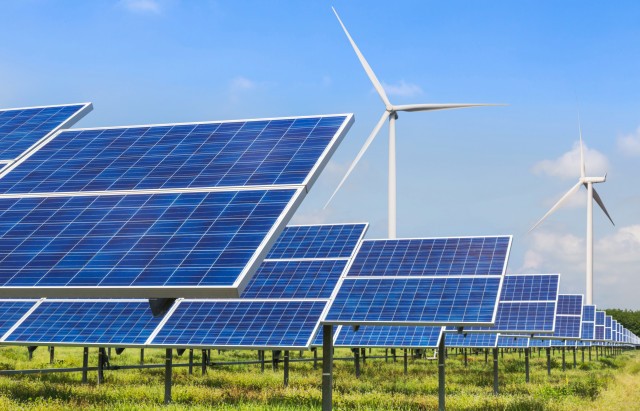Africa needs investment of over $190 billion each year from 2026 to 2030, with two-thirds going to clean energy, to meet energy and climate goals, IEA said in a report.
ALSO READ: Africa energy outlook
25 million more people in Africa are living without electricity today compared with before the pandemic, according to the Africa Energy Outlook 2022.
Africa is facing more severe effects from climate change than most other parts of the world – including massive droughts – despite bearing the least responsibility for the problem. Africa accounts for less than 3 percent of the world’s energy-related CO2 emissions and has the lowest emissions per capita of any region.
Fatih Birol, the IEA Executive Director, said: “The global energy economy that is emerging offers a more hopeful future for Africa, with huge potential for solar and other renewables to power its development – and new industrial opportunities in critical minerals and green hydrogen.”
“The immediate priority for Africa and the international community is to bring modern and affordable energy to all Africans – and our new report shows this can be achieved by the end of this decade through annual investment of $25 billion, the same amount needed to build just one new LNG terminal a year,” Fatih Birol said.
Africa is home to 60 percent of the best solar resources worldwide, but it currently holds only 1 percent of solar PV capacity. Already the cheapest source of power in many parts of Africa, solar is set to outcompete all other sources continent-wide by 2030. Renewables – including solar, wind, hydropower and geothermal – account for over 80 percent of new power generation capacity added by 2030 in the Sustainable Africa Scenario.
Africa has discovered more than 5 000 billion cubic metres (bcm) of natural gas resources. But Africa is yet to approve those resources for development. These resources could provide an additional 90 bcm of gas a year by 2030.
Cumulative CO2 emissions from the use of these gas resources over the next 30 years would be around 10 billion tons. If these emissions were added to Africa’s cumulative total today, they would bring its share of global emissions to a mere 3.5 percent.
Africa’s vast resources of minerals that are critical for multiple clean energy technologies are set to create new export markets but need to be managed well, with Africa’s revenues from critical mineral exports set to more than double by 2030.
A number of low-carbon hydrogen projects are underway, focused primarily on producing ammonia for fertilisers. Africa has potential to produce hydrogen using its rich renewable resources. As much as today’s energy demand could be produced at internationally competitive price points by 2030, IEA said.

